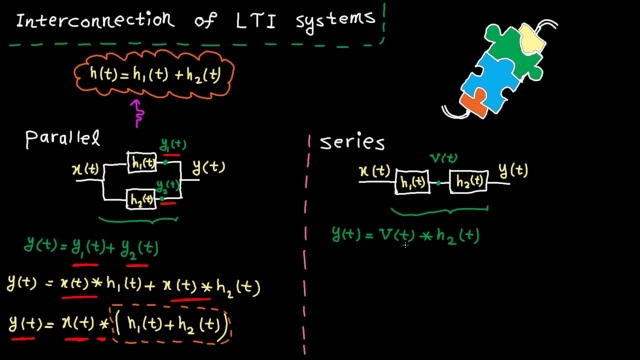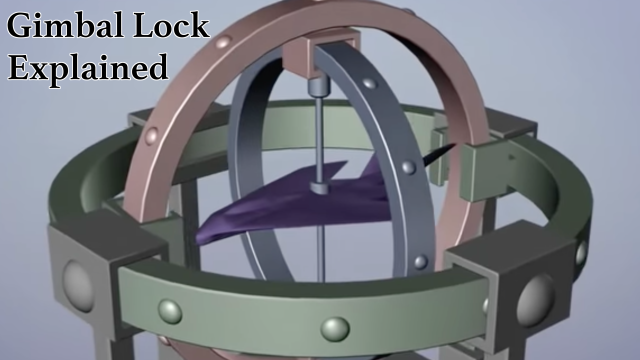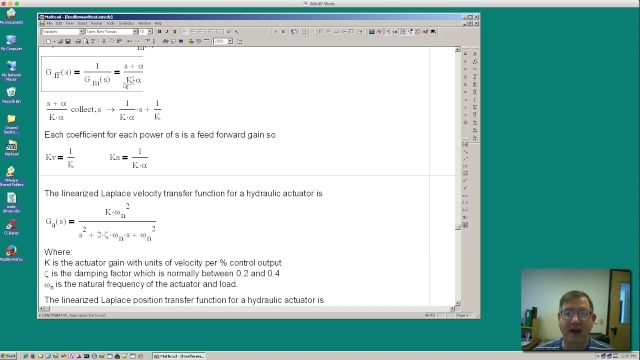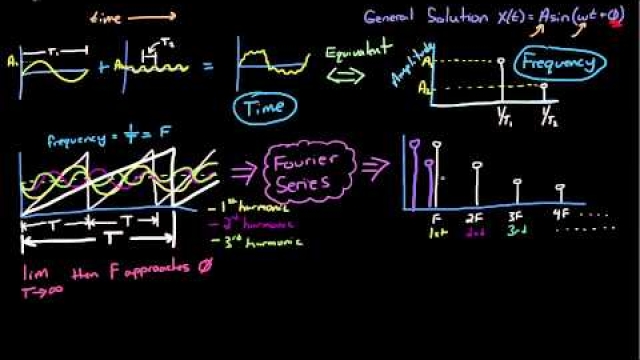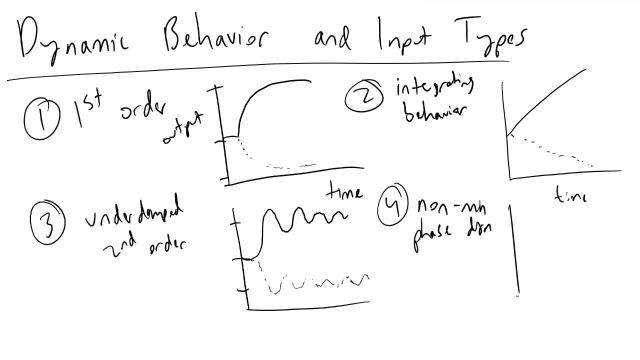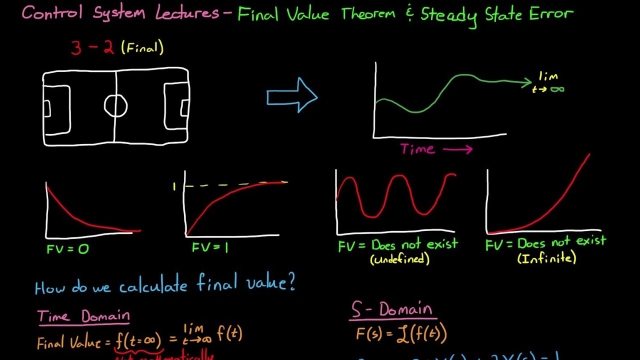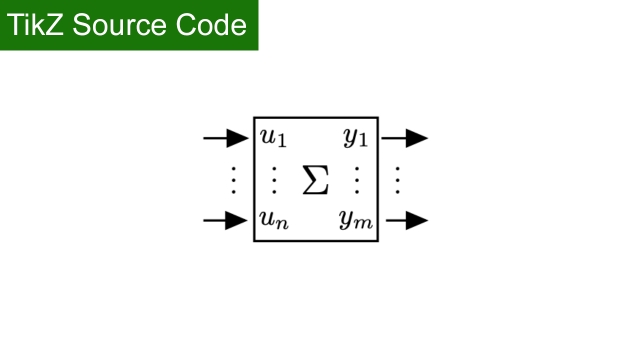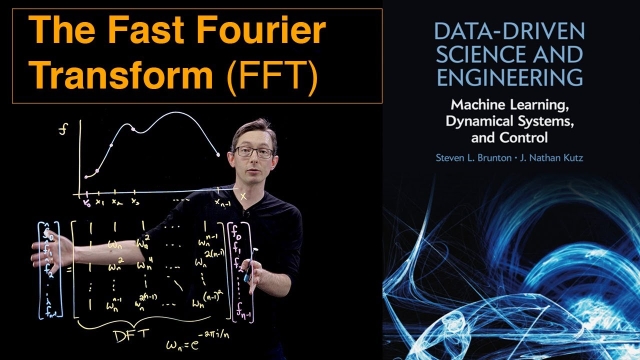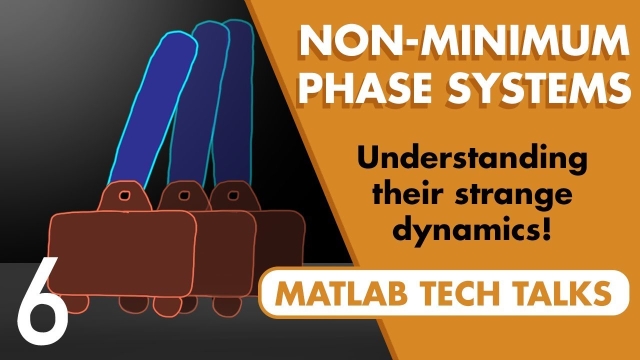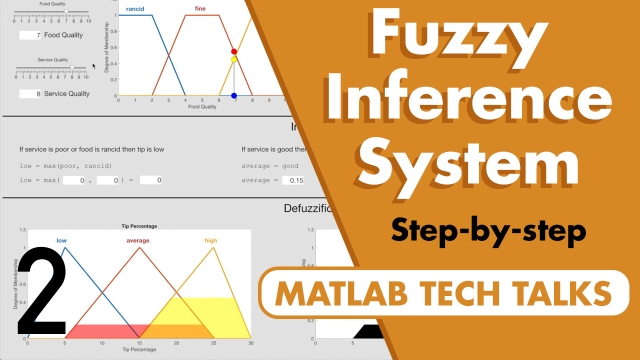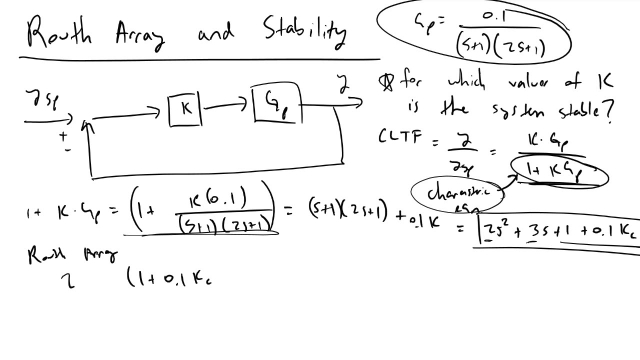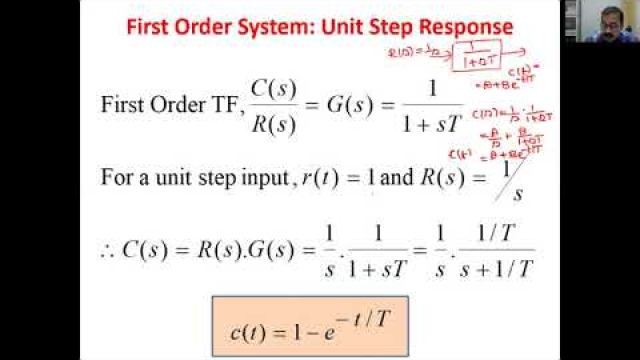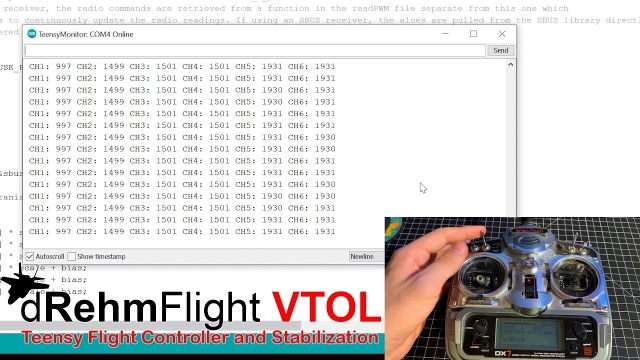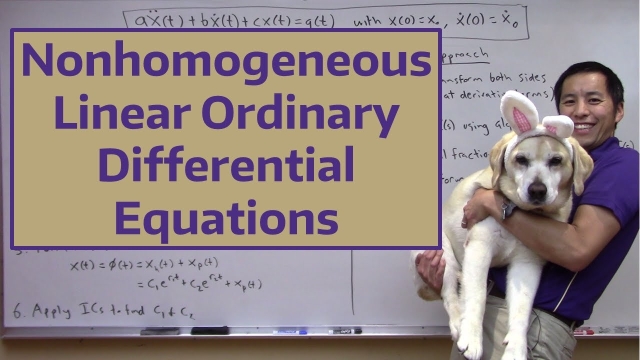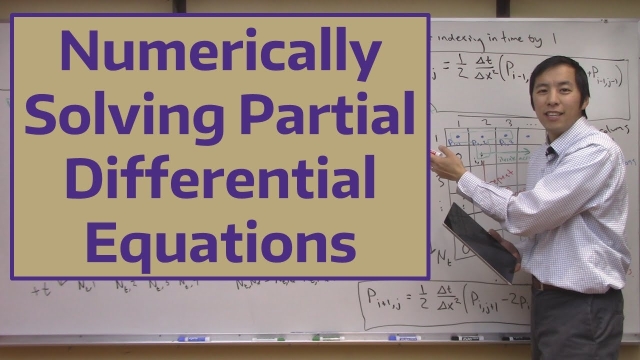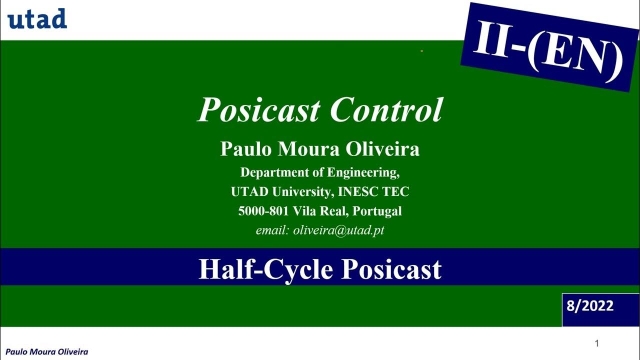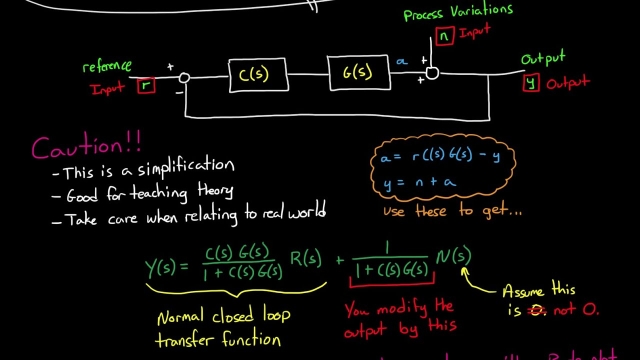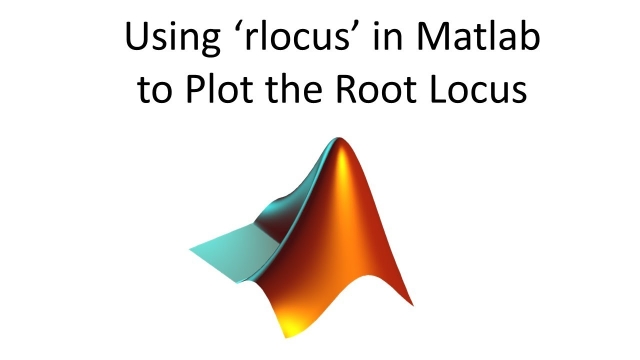
Lecture 8: More on Transfer Functions
Time domain - tutorial 7: system properties
In this video, we cover system properties. The concept of memoryless, causal, stable, invertible, time-invariant and linear systems is intuitively explained...
See MoreControllability, Reachability, and Eigenvalue Placement [Control Bootcamp]
This lecture explains the equivalence of controllability, reachability, and the ability to arbitrarily place eigenvalues of the closed loop system.
See MoreRandomized SVD Code [Python]
This video describes the randomized singular value decomposition (rSVD) (Python code).
See MoreTime domain - tutorial 10: interconnection of LTI systems
In this video, we learn how to connect LTI systems to make a bigger system. The learning objectives are to:1) get familiar with parallel and series intercon...
See MoreEuler (Gimbal Lock) Explained
In this video we explore Euler Rotations, the most common method for orienting objects in 3d. It's by-product "gimbal lock" can cause headaches for animators because the animated motion can...
See MorePeter Ponders PID - Feed Forward Theory and Calculations
Discrete control #5: The bilinear transform
This is video number five on discrete control and here, we’re going to cover the famous and useful bilinear transform. The bilinear transform is yet another method for converting, or mapping...
See MoreControl Systems Lectures - Time and Frequency Domain
This lecture introduces the time and frequency domains. A very quick description of the Laplace Transform is given which will be the base of many of classical control lectures in the future...
See MoreDynamic Behavior and Input Types in Process Control
An introduction to the four types of dynamic behavior and five types of inputs (step, ramp, pulse, impulse, and sinusoidal), and why transfer functions are u...
See MoreFinal Value Theorem and Steady State Error
This Final Value Theorem is a way we can determine what value the time domain function approaches at infinity but from the S-domain transfer function. This is very helpful when we're trying...
See MoreIntro to Process Control
I discuss the motivation and introduce the logic behind controllers that engineers design to respond to errors in outputs (deviations from set points). P and...
See MoreTikZ source Code: A single MIMO system
TikZ source Code: A single MIMO system
See MoreThe Fast Fourier Transform (FFT)
Here I introduce the Fast Fourier Transform (FFT), which is how we compute the Fourier Transform on a computer. The FFT is one of the most important algorithms of all time.
See MoreControl Systems in Practice, Part 6: What Are Non-Minimum Phase Systems?
We like to categorize transfer functions into groups and label them because it helps us understand how a particular system will behave simply by knowing the group that it’s part of. We gain...
See MoreFuzzy Inference System Walkthrough | Fuzzy Logic Part 2
This video walks step-by-step through a fuzzy inference system. Learn about concepts like membership function shapes, fuzzy operators, multiple-input inference systems, and rule firing...
See MoreRouth Array and Stability
I show how we can find the range of allowed controller gains for a system that will allow us to maintain stability using a Routh Array.
See MoreLecture 9: Time response and Time domain specifications
Setting Up Your Radio Connection - dRehmFlight VTOL
This video will show you how to set up your radio to work with dRehmFlight VTOL. The code supports PWM, PPM, and SBUS type receivers, allowing you to connect and use 6 channels within the...
See MoreNonhomogeneous Linear Ordinary Differential Equations
In the previous video (https://youtu.be/3Kox-3APznI) we examined solving homogeneous linear ordinary differential equations (the forcing function was equal t...
See MoreLecture 26: Stability examples, GM and PM using Nyquist Stability Criterion
Numerically Solving Partial Differential Equations
In this video we show how to numerically solve partial differential equations by numerically approximating partial derivatives using the finite difference me...
See MorePosicast Control 2 - ( In English )
This video is about the Half-Cycle Posicast. It includes some hints about how to simulate this type of control using Simulink
See MoreUnderstanding The Sensitivity Function
In this video I explain the sensitivity function and try to demystify the equation used to solve for the nominal sensitivity peak. Sensitivity describes how much process variations affect...
See MoreUsing ‘rlocus’ in Matlab to Plot the Root Locus
This tutorial illustrates how to use the ‘rlocus’ command in Matlab to quickly and easily sketch the root locus.Discussion on the 3 example transfer function...
See More
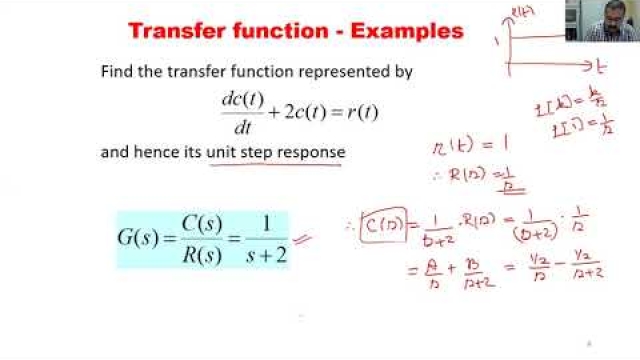
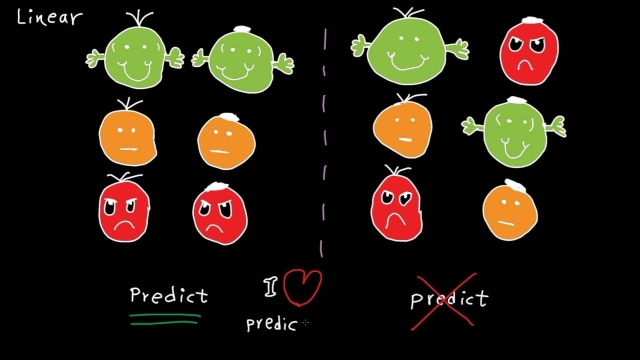
![Controllability, Reachability, and Eigenvalue Placement [Control Bootcamp]](/sites/default/files/styles/search_resulkts/public/2020-12/maxresdefault_304.jpg?itok=qj48C5IZ)
![Randomized SVD Code [Python]](/sites/default/files/styles/search_resulkts/public/2020-12/maxresdefault_402.jpg?itok=pmR7mX3g)
